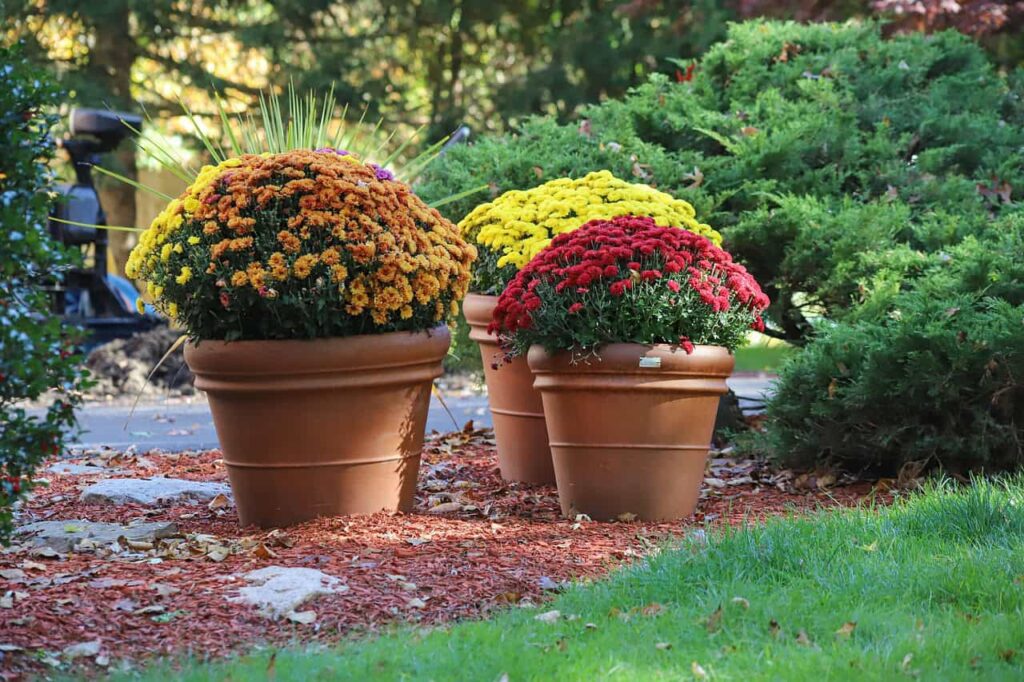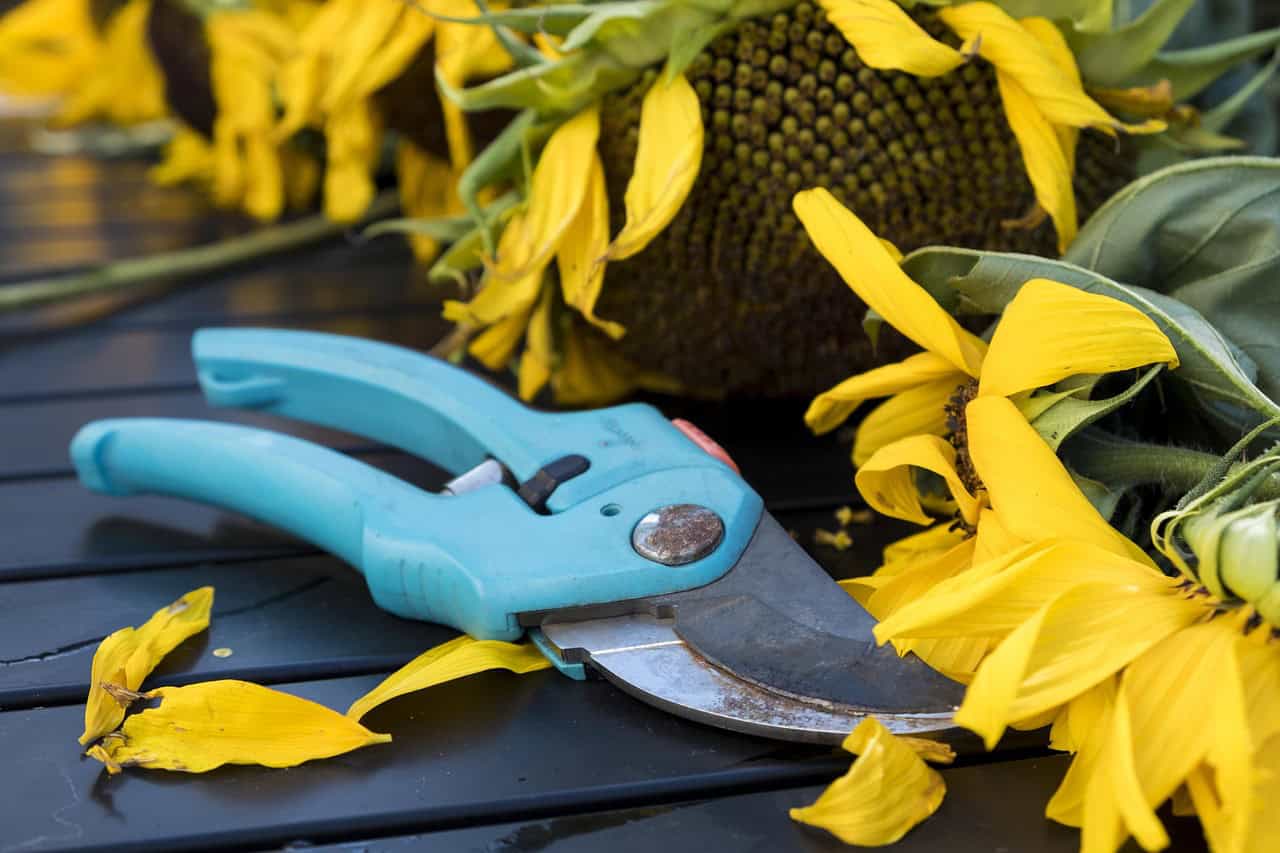Your October Garden Checklist: 9 Tasks to Help It Flourish
As the days shorten and the air turns crisp, October brings a quiet transformation to the landscape. The exuberance of summer fades into a slower rhythm, one that invites reflection, preparation, and care. For those who tend the soil—whether in sprawling plots or modest containers—this month offers a chance to nurture what remains, clear what’s finished, and lay the groundwork for seasons yet to come.
Gardening in October is less about immediate reward and more about stewardship. It’s a time to listen to the land, to observe subtle changes, and to act with intention. Below is a guide to nine essential tasks that support the health and continuity of your growing space as autumn deepens.
1. Clear Away Spent Growth
Begin by gently removing plants that have completed their cycle. Annuals that bloomed through summer may now be fading, and fallen leaves can accumulate quickly. Clearing these elements helps prevent disease and discourages pests from settling in for the winter. Composting healthy plant material returns nutrients to the soil, continuing the cycle of renewal.
2. Mulch for Protection and Stability
A fresh layer of mulch serves multiple purposes: it insulates the soil, retains moisture, and suppresses weeds. As temperatures drop, this protective barrier becomes especially important for perennials and young shrubs. Choose organic materials like shredded bark, straw, or leaf mold to nourish the soil while shielding it from harsh conditions.
3. Divide Perennials That Have Outgrown Their Space

Some plants, like daylilies and hostas, benefit from being divided every few years. October’s cooler weather makes it easier for transplants to establish roots without the stress of summer heat. This process not only rejuvenates the original plant but also expands your garden’s reach with new growth.
4. Plant Bulbs for Spring Blooms
Though spring may feel distant, now is the time to prepare for its arrival. Bulbs such as tulips, daffodils, and crocuses require a period of cold dormancy to bloom. Planting them in well-drained soil before the first hard frost ensures they’ll be ready to emerge when the season turns.
5. Shield Tender Plants from Early Frosts
Some plants are especially vulnerable to sudden temperature drops. Consider using frost cloths, row covers, or even repurposed blankets to protect delicate foliage. Container plants can be moved to sheltered areas or indoors. Early action can mean the difference between survival and loss.
6. Sow Crops That Thrive in Cool Weather
In regions with milder winters, October offers a window for planting hardy greens and root vegetables. Spinach, kale, and garlic are well-suited to cooler conditions and can continue growing long after other crops have faded. These additions bring vitality to the garden even as the season winds down.
7. Assess and Amend the Soil
Healthy soil is the foundation of every thriving garden. Use a simple test kit to check pH levels and nutrient balance. Based on the results, you may choose to add compost, lime, or other amendments. This quiet act of care ensures the soil remains fertile and balanced for future planting.
8. Prune with Purpose
While heavy pruning is best left for late winter or early spring, October is a good time to remove damaged or diseased branches. Focus on maintaining structure and health rather than reshaping. This selective approach helps plants conserve energy and prepares them for dormancy.
9. Reflect and Envision What Comes Next

Take time to walk through your garden and observe what worked well this year. Make notes, sketch ideas, and consider new additions. Perhaps there’s a corner that could benefit from more color, or a bed that needs better drainage. October is a month for quiet planning, for imagining what might bloom in the months ahead.
Final Thought
Gardening in October is an act of quiet devotion. It’s about tending to what remains, honoring the cycles of growth and rest, and preparing the soil—both literal and metaphorical—for what’s to come. These nine tasks are not just chores, but gestures of care that echo through the seasons.
Disclaimer: This article provides general seasonal guidance. Local climate and soil conditions may affect timing and outcomes. For personalized advice, consult regional horticultural experts or extension services.







